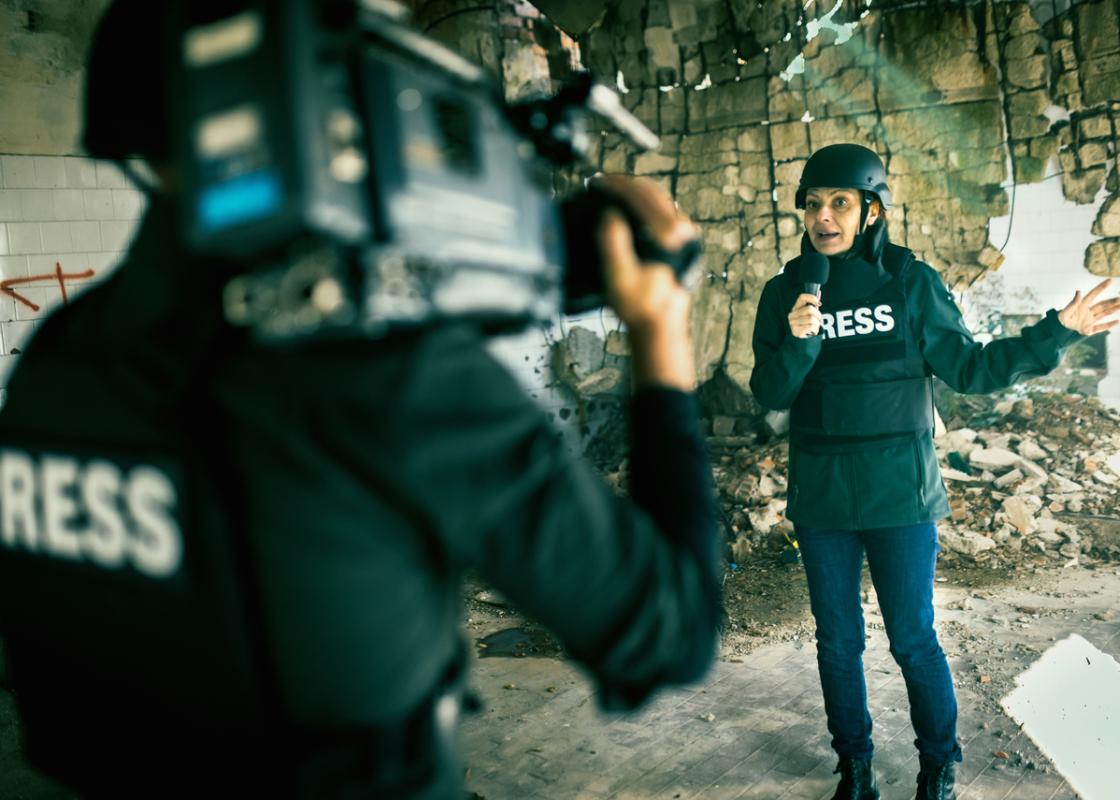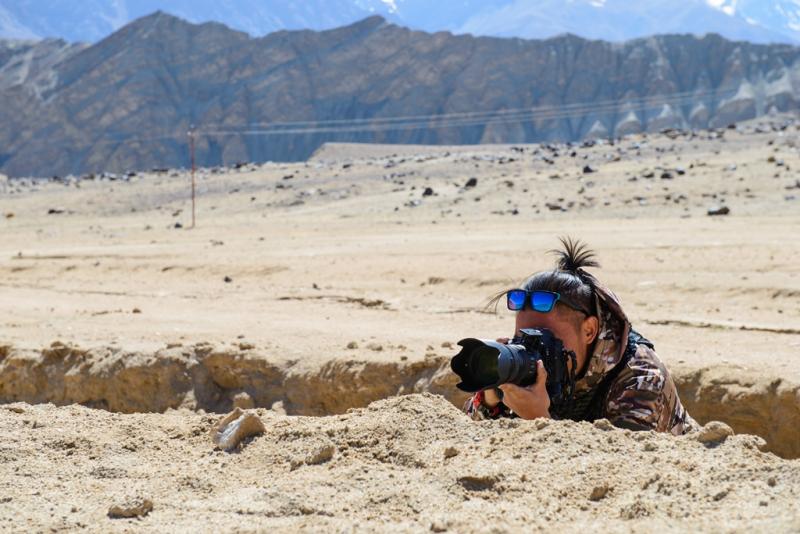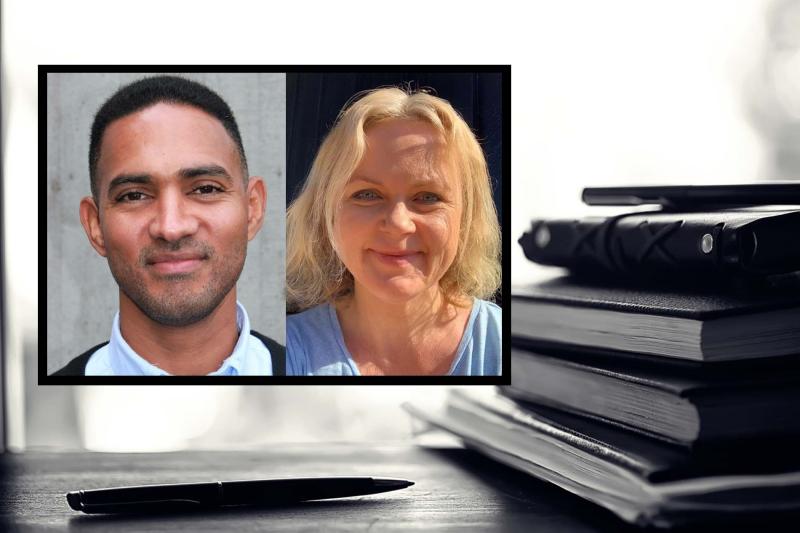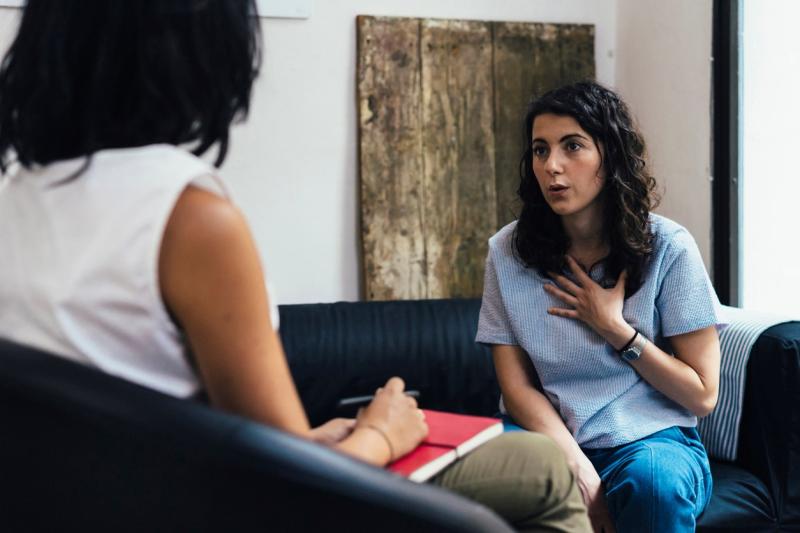"The feeling of shame creeps up. I feel it clench in my stomach. It's become hard to breathe." NRK's foreign correspondent Yama Wolasmal writes this in an op-ed on NRK Ytring, about a telephone conversation with a family man who is trying to find enough food for his children in Kabul. When the Taliban took Afghanistan, he began to cry directly.
As a profession, the journalist and foreign correspondents is particularly vulnerable to both danger and strong impressions. With his empathetic coverage of the Middle East, Wolasmal has made a name for himself.
In a recent article, professor of journalism Kristin Skare Orgeret takes a closer look at gender and foreign journalism. It deals with how seven foreign journalists conduct security assessments in the field – and to what extent gender influences the coverage. She says they see an emotional turn in journalism.
"For the women interviewed in the article, showing their emotions directly would be completely out of the question, in a profession where they constantly have to convince their managers to be allowed to travel to conflict areas," says the professor.
Foreign correspondents have traditionally been seen as a "macho club" with few female members. Since, women have made their mark in the profession, but the membership has also become riskier.
"It has become more dangerous to be a journalist," Orgeret asserts.
Kristin Skare Orgeret published the article "– Be careful now with the woman!" together with Dina Jeanette Danielsen and Malene Emilie Rustad in 2023. In the article, they interview seven Norwegian foreign journalists about how gender affects their coverage when they are on foreign missions, and what kind of security assessments they make. The informants are Amund Bakke Foss, Helene Skjeggestad, Kristoffer Rønneberg, Yama Wolasmal, Silje Kampesæter and Sonja Skeistrand Sunde and Roger Sevrin Bruland.
Orgeret is a professor at OsloMet, and heads the research group "Media in War and Conflict" (MEKK) together with Roy Krøvel. Journalism security as an academic field is growing.
Gender, danger and safety
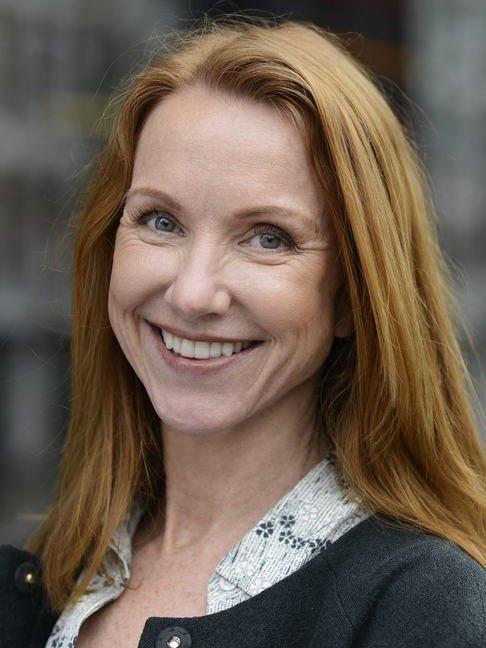
In the first week of November, MEKK and OsloMet arrange an annual conference on journalists and safety, a field in strong growth. She was recently in Côte d'Ivoire under the auspices of the Norwegian Union of Journalists and led training in rights, security and protection with 30 female journalists from 17 African countries.
"We see that journalists, especially those covering politically inflamed fields such as climate or covid, and journalists who covered demonstrations during the pandemic, were particularly vulnerable. This also applies in countries where journalistic freedom is strong.
Orgeret refers to the storming of the U.S. Congress on January 6, 2021. Then the protesters wrote on one of the doors: "Murder the media."
"When you say that it has become more dangerous to be a journalist, what do we really put into it?
"Dangerous means being subjected to violence and threats, and ultimately murder. But it can be difficult to quantify with certainty."
There are several international organizations that map murder rates of journalists, including Unesco, the Committee to protect journalists (CPJ), and Reporters Without Borders. But who is counted as a journalist and what is considered a cause of death can vary.'
Other violent incidents have also increased. This summer, NRK ended up sending in its war team from Ukraine to cover riots in France, after an Italian journalist was attacked on live TV. In addition, digital threats to journalists are increasing.
"Perhaps it has to do with the fact that journalists are to a greater extent regarded as part of the power apparatus", Orgeret speculates. "This was particularly prominent in the international coverage of COVID demonstrations.
Demanding assignments
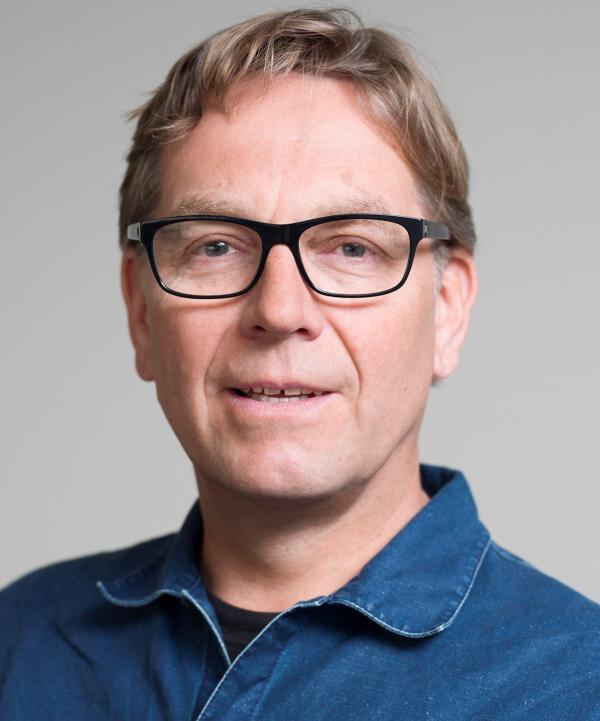
During World War I, a war in which some 18 million soldiers and civilians died, two journalists are said to have died. In 2023, the number is 99, according to the Committee to Protect Journalists.
"In recent years, we have seen a tendency for it to be just as dangerous to cover sensitive topics as it is to cover war and conflict. But with the war in Ukraine and Gaza, that picture has changed, says Orgeret.
While the press vest previously shielded journalists, it has also made journalists more visible - also as potential targets.
"They don't protect journalists at all. Here we are victims who lose their lives one by one," journalist Salman Al-Bashir said in a live broadcast from Gaza, after learning live that a colleague, Mohammed Abu Hatab, had been killed. Today, helmets and bulletproof vests are part of the uniform.
Trond Idås has written the book "Krevende oppdrag" (Demanding assignments), and is writing a PhD on preventing trauma among journalists covering crises and conflicts. He is also a member of the aforementioned MEKK, and an adviser in the Norwegian Union of Journalists.
When asked what makes today's journalists more vulnerable, he goes back to the Vietnam War.
"Until then, war journalism was more loyal to the authorities. Footage was edited before it was published, and the most grotesque descriptions removed. But with new technology, the live broadcasts of the war came home in the living rooms of American television audiences."
The graphic TV images of injured, suffering and killed children, contributed to the war receiving less support among the population and the international community, he says.
Then the protection also deteriorated. Since then, the security of war journalists has changed dramatically.
"Unfortunately, there are many examples where it is no longer just bad luck that is the cause of journalists being injured or killed, for some warfaring parties, journalists have been a target in their own right," he says.
Journalists are considered "protected civilians" under Article 79 of the Geneva Convention. However, securing journalists has become an academic field in line with greater awareness of the danger journalists are exposed to – and with it actually becoming more dangerous.
The Committee to Protect Journalists has reported that 110 journalists and media workers was killed between 2023 and 2024 on March 12th 2024, particularly due to the ongoing war in Gaza. Some report even higher numbers.
Careful now, with the woman!
In their article, Orgeret, Danielsen and Rustad interviewed seven Norwegian foreign journalists in depth. They represent larger trends in terms of what we know about gender and foreign journalists.
"It's a small sample, but their experiences probably describes how Norwegian journalists experience being a foreign correspondent today. All of them are employed and work in an editorial office with good security routines, something many of their international colleagues lack," says Trond Idås.
Since serious sexual assaults were reported in Tahrir Square during the Arab Spring in 2011, there has been a lot of focus on female journalists being exposed to violence. This is also reflected in the article.
"Both female and male journalists experienced very unpleasant things there. For example, a male VG journalist was beaten up, female journalists subjected to sexual harassment. This is the last situation I can think of where Norwegian journalists have been involved in such a serious situation, says Idås.
"Women are clearly more exposed to sexual violence. At the same time, kidnapped journalists, also men, are at risk of rape, which is just as traumatic for men", he says.
The risk of sexual violence can lead to women being particularly looked after in dangerous areas. In the article, Sonja Skeistrand Sunde says that a whole man's guard lined up when she got out of the car and went to the bathroom.
"At the same time, it is male reporters who are at greatest risk of being killed. Do we forget the men sometimes?"
"It's interesting to reflect on – the numbers show that it's more dangerous to be a man. More men are also leaving. Maybe women are better looked after, or it takes longer to hurt, hurt or kill a woman," says Kristin Skare Orgeret.
Idås believes that men are primarily killed because there are more men in the field. Still, there seems to be "a decent mix" of men and women covering war and conflict for Norway, he continues.
"Those who die probably won't be killed because they're men. Most of those who die are local journalists who work freelance for national and international media. They are usually men. It has been years since a Norwegian journalist was killed in the field. Local journalists and freelancers take the greatest risks in coverage of war and conflict," says Idås, and continues:
"Those in Gaza now, are local freelancers and some others who were there when the war started. Those who work with international media do so at considerable risk of being killed, either because someone actively wants to remove them as journalists, or because they are where they are and are affected by the hostilities."
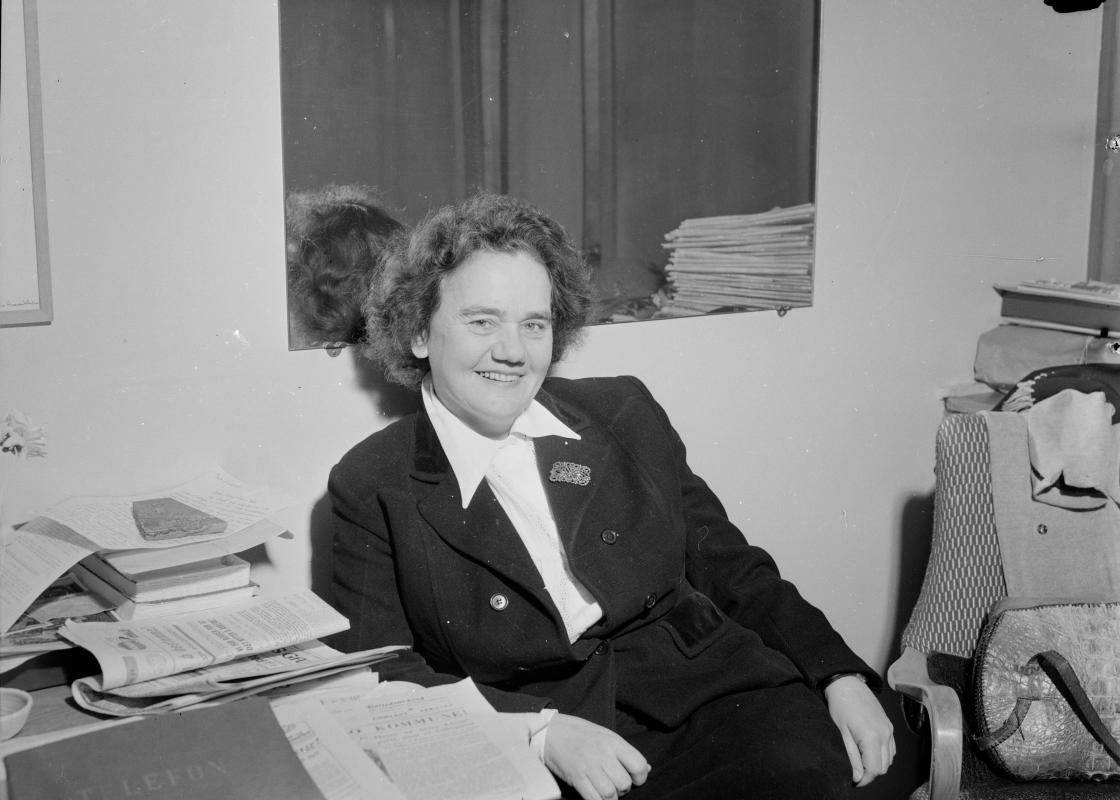
Photo: By Dagbladet/Norsk Folkemuseum.
The new front line
Kristin Skare Orgeret is also concerned with digital and online threats. They tend to be more violent when directed at men, and more person-focused and sexualized at women. That's consistent with what we know more generally about men and women in the public eye. The amount of digital threats can grow large, especially for women – and is not necessarily limited to the internet.
"This can also extend into the physical world. It's important that managers know that you can't just "take a break" from social media, says Orgeret.
She is part of the international working group "Online Violence Early Warning System", which is developing a tool that will map threats online and notify when one fears they may have real/physical consequences. One example is Daphne Galizia, who was killed in a car bomb in Malta. She worked on revelations included in the so-called "Panama Papers".
"The amount of threats against her was so great that alarm bells should have been ringing a long time ago.
This is "the new front line", Orgeret says.
"This is where many female journalists find themselves, at the intersection between the digital and the physical.
At the same time, journalists are asked to share more of themselves on social media:
"There are expectations that you should be very visible yourself as a journalist, offer yourself, show emotion and create as much traffic as possible in social media, at the same time as many encounter large amounts of hate and threats," says Orgeret.
"Digital threats can extend into the physical world. It's important that managers know that you can't just "take a break" from social media, says Orgeret.
Social media increases the pressure – nationally and internationally
"Those who choose to become journalists are under a lot of cross-pressure, especially those with minority backgrounds, minority women in particular. The burden is difficult to understand for those who belong to a majority, and perhaps especially for us men," says Idås.
The pressure comes both from the Norwegian society at large, and from environments that minority people may have roots in, and is particularly reflected in polarised issues such as integration, gender equality and climate. The same people are particularly vulnerable to harassment and hate speech online, he says.
"I work with journalists and trauma. They often say that we have to remember that journalists are not the victims, that the case is not about them. They are of course absolutely right – but that does not mean that they do not carry a significant risk of being traumatised themselves."
At the same time, he believes the pressure on individual journalists is increasing.
"My impression is that it's harder to shield the private sphere.
It's about social media and that journalists are available through cell phones, all the time. If you wanted to criticize a journalist in the "old days', you had to either call during working hours, write a public comment, or send letters, he says. Social media have made journalists more accessible and made them more vulnerable to international pressure."
"In addition, the new and digital media era, has led to Norwegian coverage going viral. Cases meant for the Norwegian public can appear anywhere in the world, where the picture of reality is completely different. The so-calles "Muhammad caricatures" are an example of that," he says.
"This too is part of today's reality, part of our time and our globalized world."
This article was first published in Norwegian in December 2023. Some numbers have been updated.
